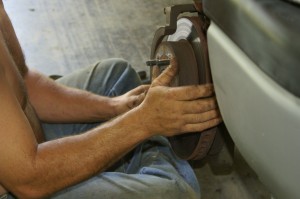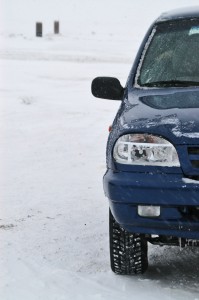Take Care of Your Car with Nitrogen Tire Inflation
October is National Car Care Month, and with the colder temperatures starting to creep into cities all across the country, now’s the best time to perform some care maintenance before the weather becomes severe. Even though there’s only a week and a half left in October, there’s still time to include a little tender loving care for you vehicle.
One of the best ways to prepare for the winter months and to take care of your ar is to take care of your tires. AAA said on KEZI9 that the number one thing you can do to improve your gas mileage is to make sure your tires are inflated to the manufacturer’s recommendations. If tires are under-inflated by even a pound, it can take reduce fuel efficiency by two percent per tire. Having all of your tires at proper tire pressure can boost your fuel efficiency by three percent. So, which one do you want: a negative eight percent in fuel efficiency, or a positive three percent in fuel efficiency? Hopefully, the latter.
To figure out the manufacturer’s recommendations for proper tire pressure, take a look at the owner’s manual for the vehicle, and not on the tire’s sidewall. A good time to check your tires is right before you get into the car to drive it for the first time of the day. Checking them right after you’ve driven can offer skewed results, since the heat from driving can change the pressure. If all that seems to difficult, you can take your car to an auto mechanic and do the regular tune up. Either way, a good way to keep your tire tuned up for a longer period of time, and through the winter months, is through nitrogen tire inflation.
The pure nitrogen that is used in nitrogen tire inflation systems is much more resistant to temperature changes, much more so than regular air. That’s because regular air contains water vapor, which will cause your tire pressure to change when the temperatures begin to fall. Not only will nitrogen boost fuel efficiency, but it will make your tires better for the cold weather coming up (if it hasn’t already arrived). It’ll be one less thing to worry about when driving this winter.







